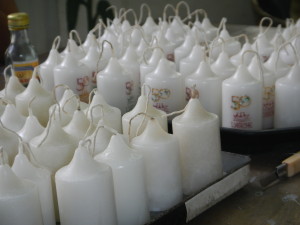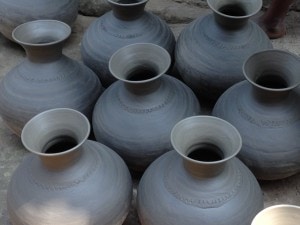By Guest Blogger: Nishant Das
Developing a successful product is hard. This can be even more complicated when you are developing a product for a foreign market and you have access to limited resources. Fortunately, there are a few simple, quick and cheap things that you can do that can help you in improving your design process.
1) Ready-mades
Your target audience is also the target audience of other companies, so use existing market research and trends to understand an unfamiliar market. How can you find this? First find a company that your target audience purchases products from, and then look at the advertising that these companies use to appeal to them. Good places to start looking are clothing or furniture brands on the internet.
2) Fail Fast
How will foreign markets receive your product? 
3) Gestalt
In design, the term gestalt refers to understanding how smaller parts fit into a larger context. So, think about your product in context. How will it look in a room? What else is in that room? How will it look on a person? What else are they wearing? Thinking in this holistic manner will help your products accent or complement their user.
4) Functionality
Why should someone buy your product? 
5) Timeless
Don’t over complicate your products. Focus on the consistency and quality of a few strong features instead of many details as this can make things look busy and it becomes harder to maintain high quality. Simple but strong design features will also help ensure your product can last through the years as trends in style change.
6) Bandwagon
Always be looking at what other peer companies are doing as this is a good indication of what the market demands. Then, make it better by adding your own unique style.

